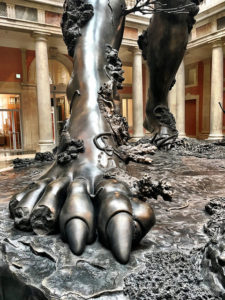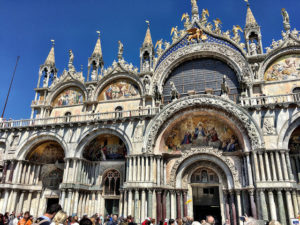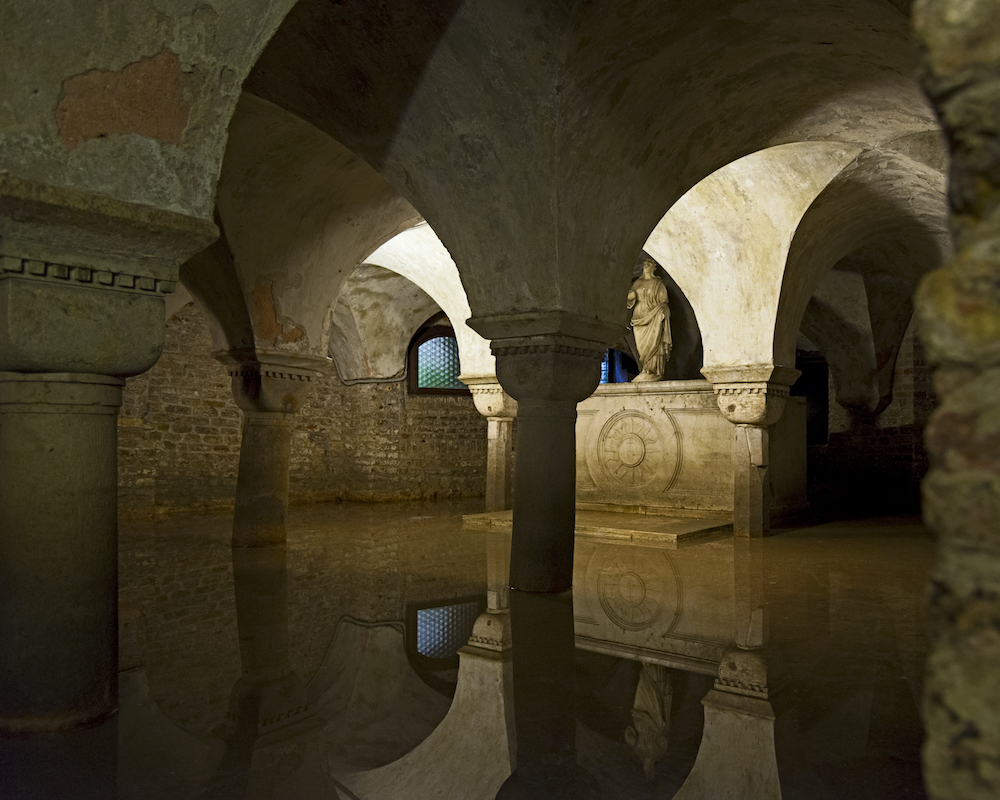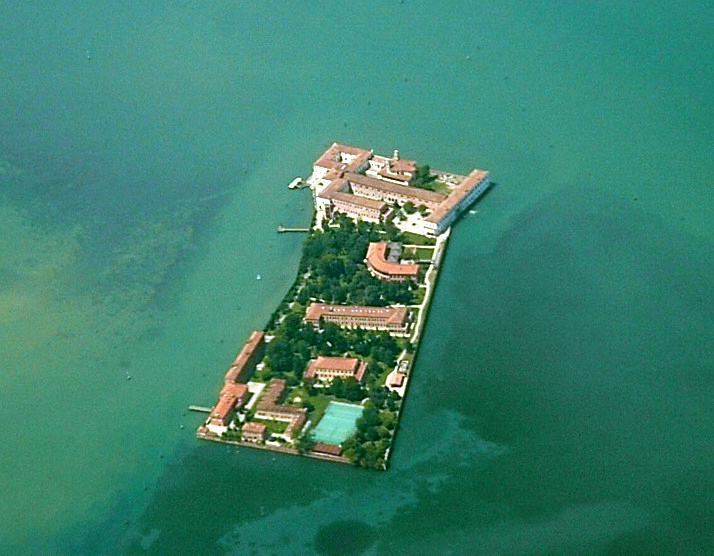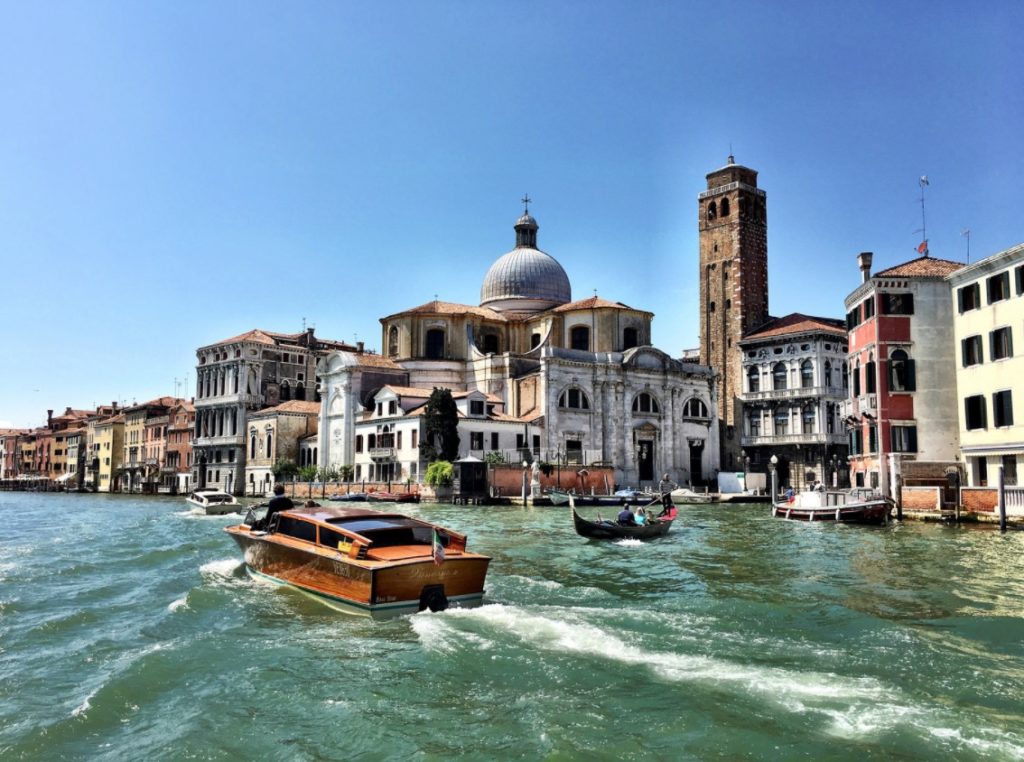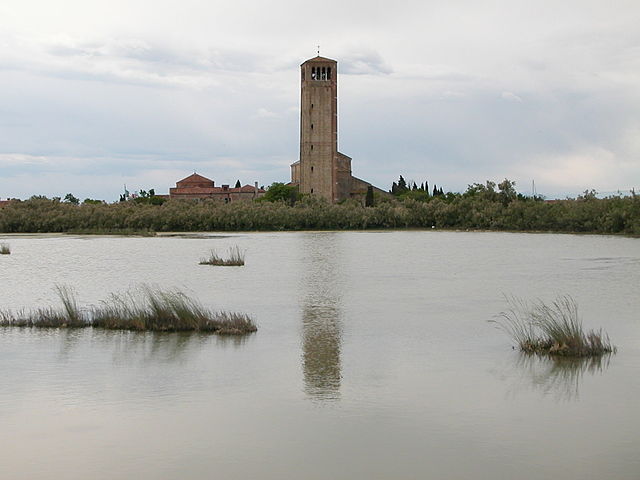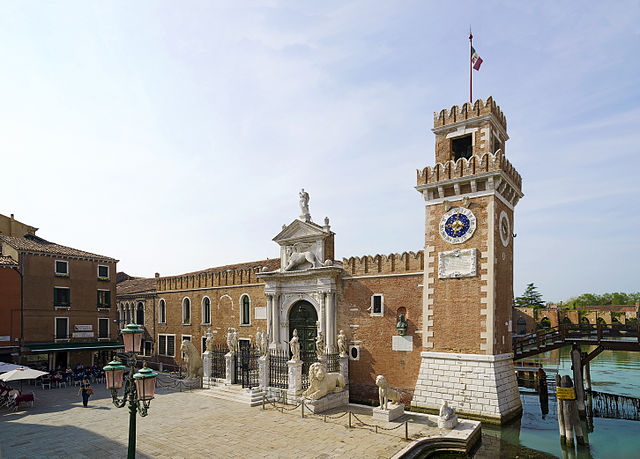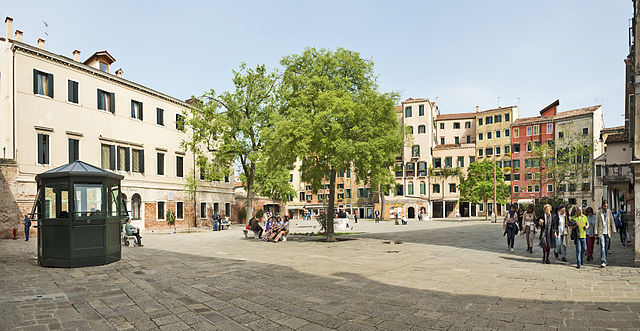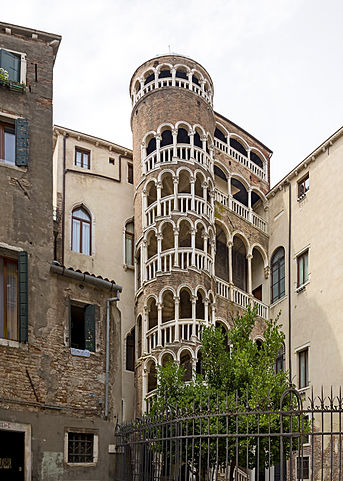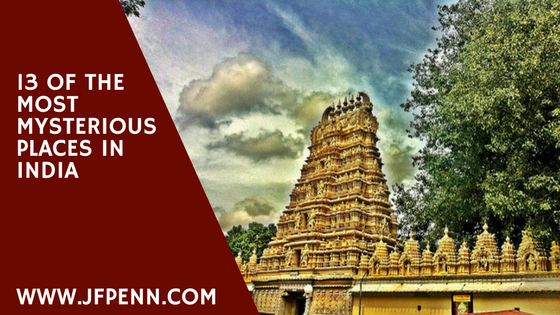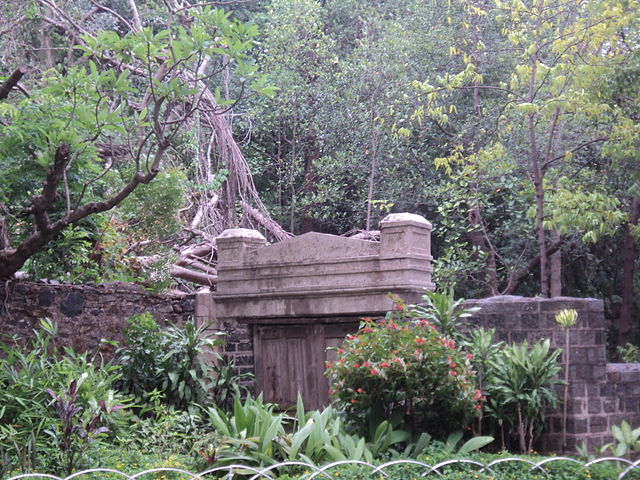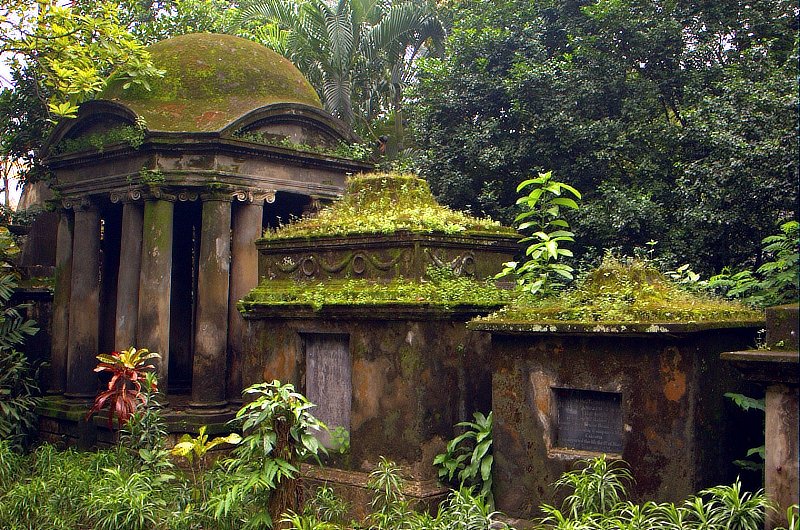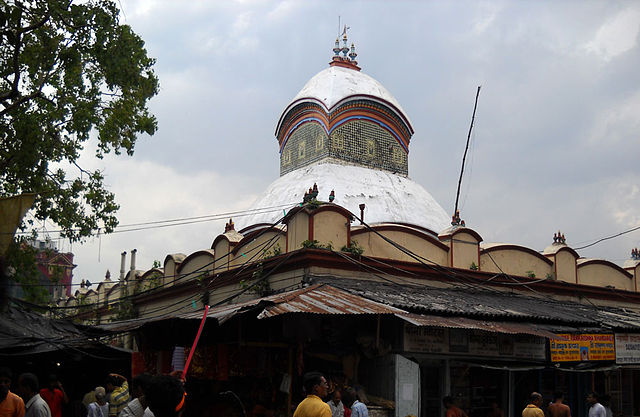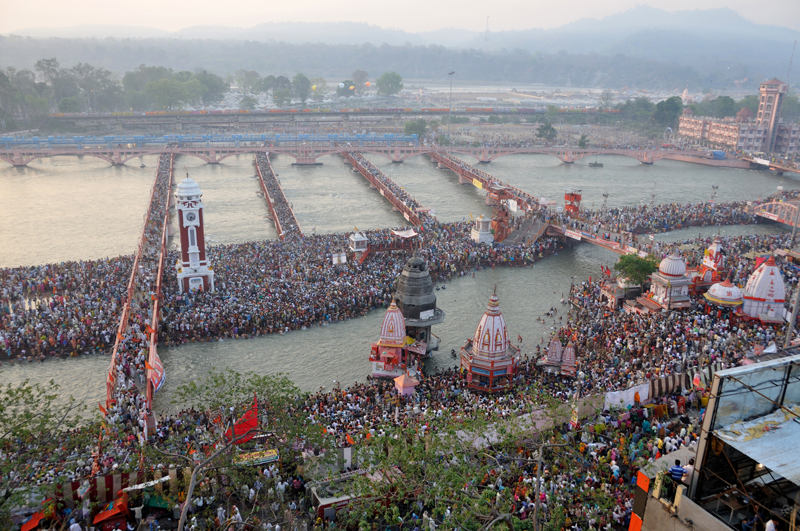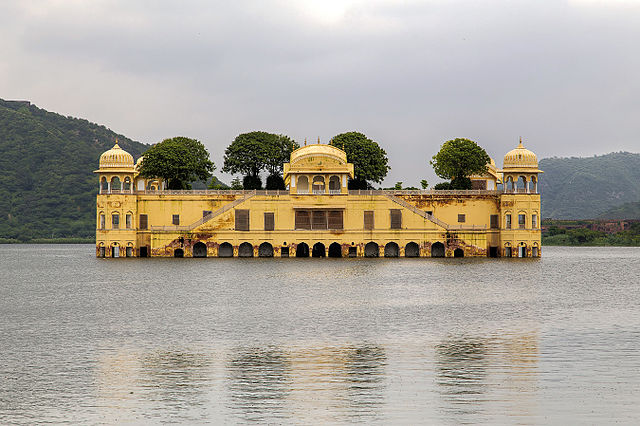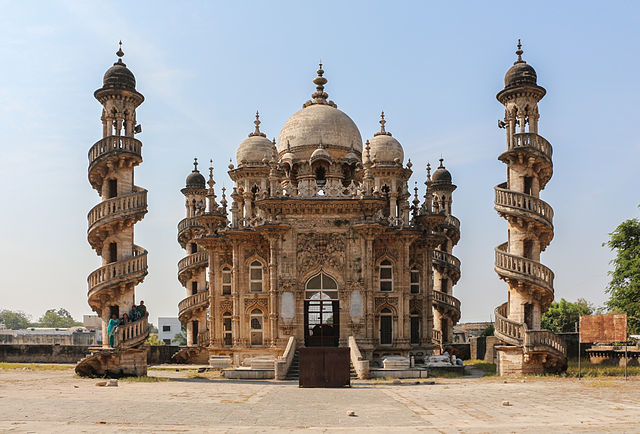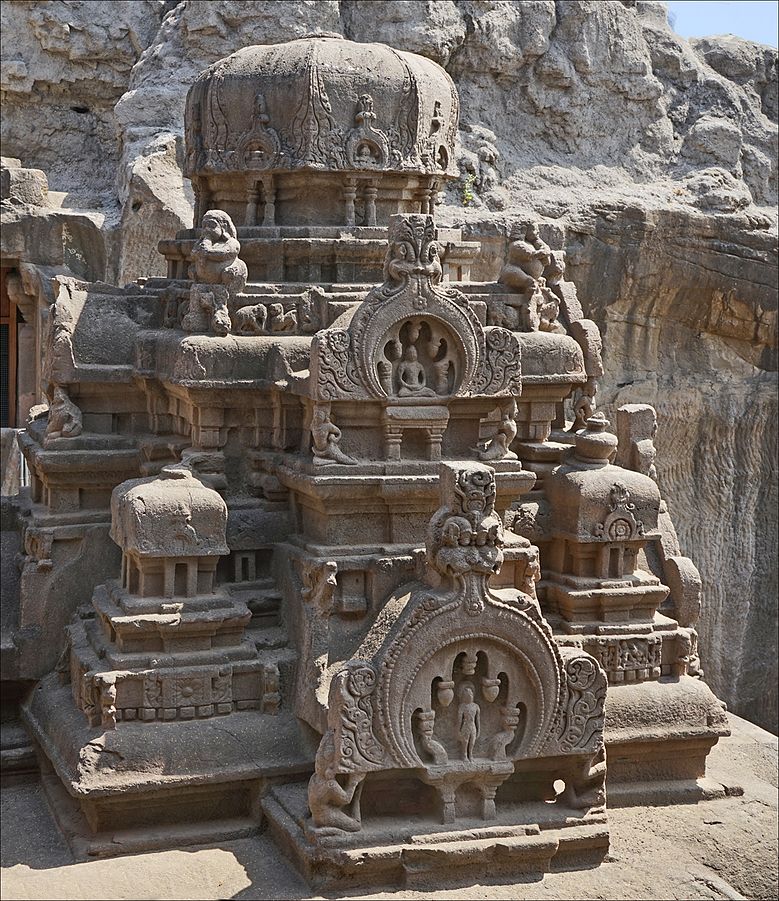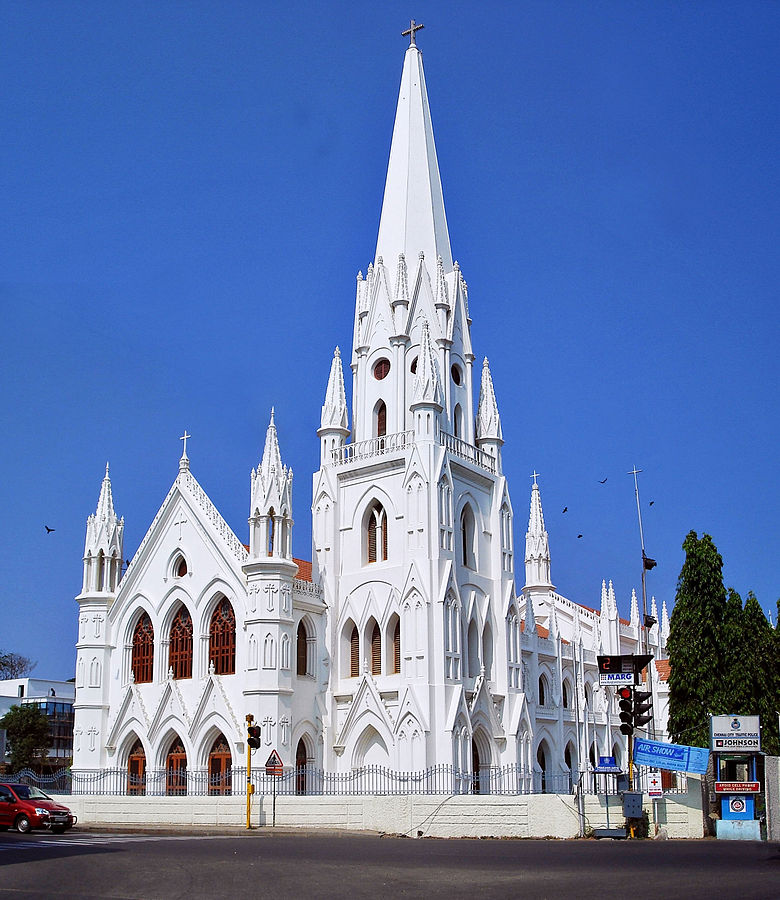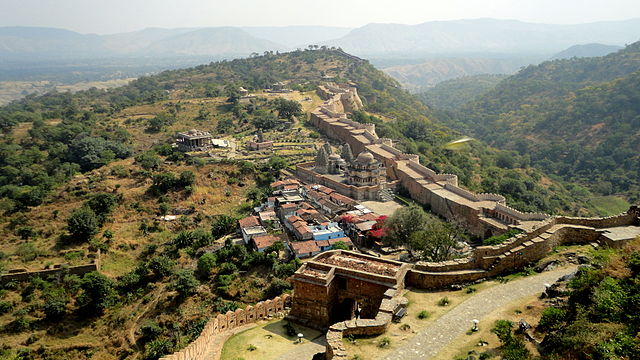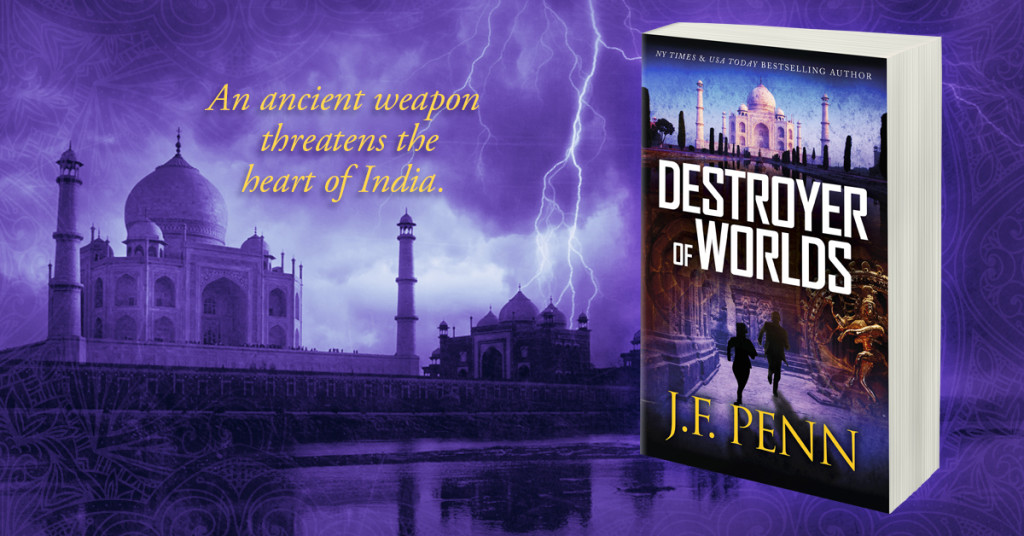I first learned to scuba dive on the West Coast of Australia and have spent a lot of time diving off the coast of New Zealand. The picture below is from the Poor Knights Islands. Living in England now means I don't dive much – it's just too cold around the coast here, but watching Blue Planet II recently definitely gave me the itch to get back underwater!

For example, The Sunken Cities exhibition at the British Museum in 2016 laid bare the lost Egyptian cities of Thonis-Heraklion, and inspired my short story The Dark Queen.
Here are 15 more sites around the world that harbour strange underwater places.
1) The Sea of Galilee ‘Mound’
A circular stone structure lies 9m beneath the Sea of Galilee. Found in 2003 following a sonar survey of the lake, the ancient structure is made of basalt rocks arranged in a cone shape. Around 70m wide, it reaches 10m in height. It’s also twice as large as Stonehenge.
According to archaeologists, it could be an ancient burial or ceremonial site. No other structures this size are currently known, so experts can only guess at how it was built or used. Its location makes it difficult to study, and experts place its age between 2,000 and 12,000 years old.

2) The Stonehenge in Lake Michigan
Another stone henge lies at the bottom of Lake Michigan. Discovered in 2007 during a sonar survey, the stone circle lies 12m beneath the water. One stone bears what looks like a carving of a mastodon. They became extinct 10,000 years ago, adding to the mystery of the circle.
You might not be able to visit yet, but you can still imagine the people that built it.
3) An Underwater City near Cuba
Archaeologists conducted another sonar survey off the coast of Cuba in 2001. It revealed mysterious submerged structures. They cover an area of almost 2sq km, at varying depths between 609m and 750m.
Some experts believe the structures are too deep to be man-made. Yet both the Maya and the Yucatecos told ancestral stories of an island that sank. Geologist Manuel Iturralde points out that naturally occurring unusual structures also exist elsewhere. There's no guarantee that the ‘city' belongs to an ancient civilisation.
But it’s easy to imagine the daily lives experienced in such strange underwater places.
4) Port Royal, Jamaica
Once branded “the most wicked and sinful city in the world”, Jamaica's Las Vegas was an infamous pirate town. It was also badly built, and a 7.5 earthquake in 1692 sent 33 acres of the town into the sea.

The town was the second largest city in the New World (after Boston). In 1675, it was so lawless that a pirate even became the Lieutenant Governor – the notorious Henry Morgan. He died in 1679, and even the cemetery where he lay ended up beneath the waves.
The ruins of the city now lie 12m underwater. Archaeologists continue to find well-preserved artefacts on the site. It became a National Heritage Site in 1999. You need special permission to dive there. Instead, see recovered artefacts at the Museums of History and Ethnography in Kingston.
5) The Yonaguni Monument, Japan
Discovered in 1986, the Yonaguni Monument lies off the coast of Japan. Experts debate the provenance of the massive rock formation – is it natural or manmade? Some believe the site began as a natural monument, later modified by humans.
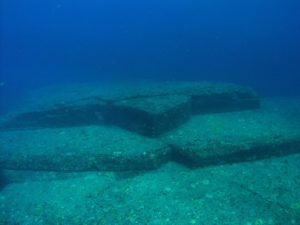
Ten structures lie near Yonaguni, while five lie near Okinawa. Marine geologist Masaaki Kimura has identified man-made structures. Roads, temples, a castle, retaining walls and even a stadium lie among the ruins.
Divers discovered fireplaces, pottery and even stone tools that date to 2500 BCE. But other experts dismiss the drawings and carvings present on the monument as scratches. But it's unlikely that so many would be present in the same place.
The strange underwater places could even be the remains of the lost civilisation of Mu. According to legend, Mu disappeared beneath the sea like Atlantis.
Tourists can dive at the site so why not visit and make up your own mind?
6) Shi Cheng, China
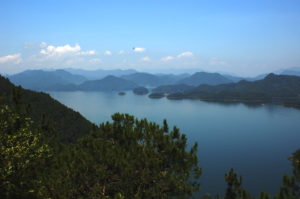
Built between 25-200 CE, Shi Cheng (or “Lion City”) spans around 62 football fields. It also lies over 30m below Quiandao Lake, created in the 1950s as part of a dam. Surprisingly, flooding the city helped to preserve its ancient architecture. The water shields it from sun and wind damage.
Much of its arches and buildings remain intact. Shi Cheng's strange underwater places aren’t yet open to divers. But Quiandao Lake is a popular tourist destination if you want to visit the area.
7) Cleopatra's Palace, Egypt
Much of ancient Egypt's history disappeared over the centuries, looted by tomb raiders or reclaimed by the sea.
Many believe the palace of Cleopatra to be one of these lost secrets, sunk during an earthquake. Archaeologists point to a temple to Isis, a tomb (believed to be that of Cleopatra herself) and a museum on the site.
Experts have reclaimed over 140 artefacts. It isn't currently accessible but there are plans to one day open it to divers.
8) Neptune Memorial Reef, Miami

Yes, I've even sneaked a cemetery into an article about strange underwater places! This subaquatic cemetery is also an artificial reef. It’s home to coral and sea creatures such as angelfish and loggerhead turtles.
It combines fake ruins with concrete memorials containing cremated remains. The Neptune Society, who sponsor the reef, balance the eco-system with the memorials.
Divers can explore the 16-acre site and access is even free. You can find the Neptune Memorial Reef 3 miles off the coast of Key Biscayne.
9) Dwarka, India
According to legend, Lord Krishna had a city comprising 70,000 palaces made of precious metals. When Lord Krishna died, the whole city, Dwarka, disappeared beneath the waves.
In 2000, experts discovered a series of ruins 40m under the waters near Dwarka’s modern-day settlement. The city is one of the seven oldest cities in India. Engineers conducted acoustic studies and found the ruins were geometric.
While archaeologists have recovered lots of artefacts, one caught their eye. Dated to 7500 BCE, it suggests the ruins could be ancient Dwarka after all.
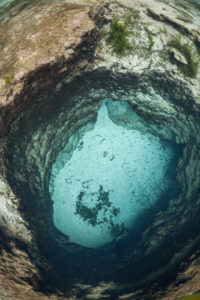
10) Ginnie Cavern, Florida
Divers in Florida enjoy a range of freshwater caves. But Ginnie Springs features one of the most accessible. It also boasts crystal-clear water which makes the experience so much more magical.
You can take lights into Ginnie Cavern but the upper room of the cave already enjoys natural daylight. Its limestone walls help to reflect that light. The “Ballroom”, further inside, is the cavern that contains stunning rock formations. This is where you’ll need lights.
Open-water certified divers can even enter to explore the 100ft cavern.
11) Museo Subacuatico de Arte (MUSA), Mexico
We're used to museums as having guides, description panels, and walls. The Museo Subacuatico de Arte (also known as the Cancun Underwater Museum) has none of them. It's also underwater.
Located on the Yucatan Peninsula, the museum fulfils two intentions. Artist Jason deCaires Taylor wanted visitors to appreciate art in beautiful surroundings. His art drew visitors away from the nearby struggling reefs.

Over 400 of his sculptures act as artificial reefs on the seabed. The two galleries are both open to snorkelers, and one of them is also accessible to divers. If you don’t fancy diving, you can also see the sculptures from a glass-bottomed boat.
12) Rummu Underwater Prison, Estonia
The Soviet Union established a prison near Rummu, Estonia, in the 1940s. A nearby limestone quarry provided backbreaking work for the inmates.
The authorities abandoned the prison and quarry in the 1990s after Estonia regained independence. With no one to pump water out of the quarry, it filled up and formed a lake. Some buildings disappeared beneath the water.
While it's not open to the public, adventurous divers often brave the wall anyway. Beyond, they explore the machinery and buildings submerged in the quarry.

13) Christ of the Abyss, Portofino
Diver Dario Gonzatti died while diving at San Fruttuoso, near Portofino, in 1947. His friend, Duilio Marcante, wanted to memorialise him. He commissioned a sculptor to create an underwater statue of Christ. The 8ft tall bronze statue stands 50ft below the waves. Christ of the Abyss isn't just a subaquatic memorial. He also acts as a reference point for divers if they get into difficulty.
The statue was removed for refurbishment in 2003, but he returned in 2005. Copies also exist in Key Largo, Florida, and St George, Grenada.
14) The Underwater Sculpture Park, Molinere
If you go to St George to see Christ of the Abyss, pay a visit to the underwater sculpture park in Molinere Bay. Created in 2006, it helped regeneration of the area following storm damage. The statues provide a home for coral and algae.
Sea life in the area gives an otherworldly feel to the sculptures. Creatures colonised the statues, making them look like lost shipwreck treasures.
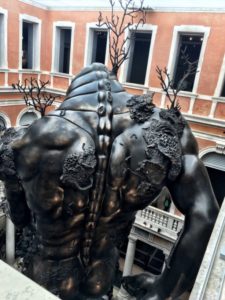
Perhaps they inspired Damien Hirst’s Treasures of the Wreck of the Unbelievable exhibition in Venice.
15) Shipwreck of the Sweepstakes, Lake Huron, Ontario, Canada
Speaking of wrecks, shipwrecks are more obvious strange underwater places you might visit. Few are as accessible as the Sweepstakes. After sinking in 1885 in Lake Huron, it lies just 15m from the shore.
It's also only 6m down, making it easy for visitors to Fathom Five National Marine Park to see her. While divers can swim around her, a wire fence stops them from going inside, to preserve the wreckage.
That’s a lesson we need to learn where these underwater secrets are concerned. While they might be lesser known now, they still need to be preserved for future generations.

A sunken city. A lost goddess … and the woman who longs to find her.
Lara is part of a dive team exploring the sunken city of Thonis-Heraklion off the north coast of Egypt. When a storm threatens the site, there's only time for one last dive and Lara is determined to be on it – even if it means diving with the man who threatened her this summer.
Because The Dark Queen is down there and Lara intends to find her before it's too late …
Sink beneath the waves in this supernatural short story from New York Times and USA Today bestselling thriller author, J.F.Penn. Available now in ebook editions.
Purchase now in ebook format




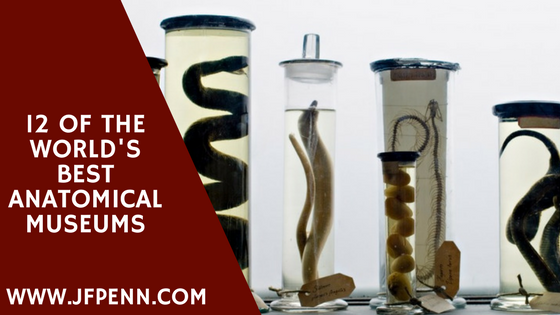 But for a writer, medical museums prove fertile ground in which to find new ideas or story seeds.
But for a writer, medical museums prove fertile ground in which to find new ideas or story seeds.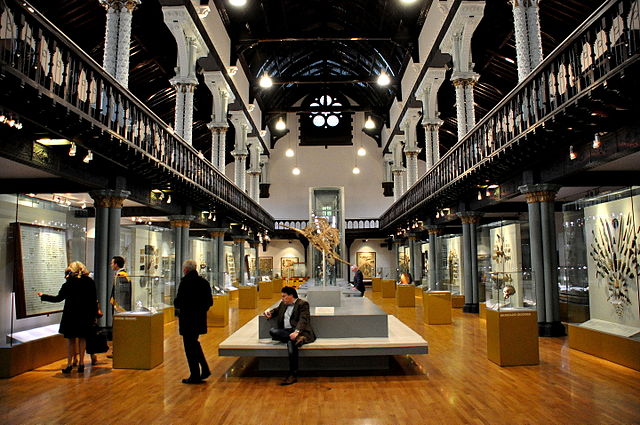
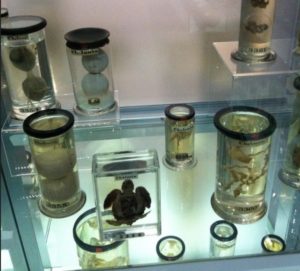
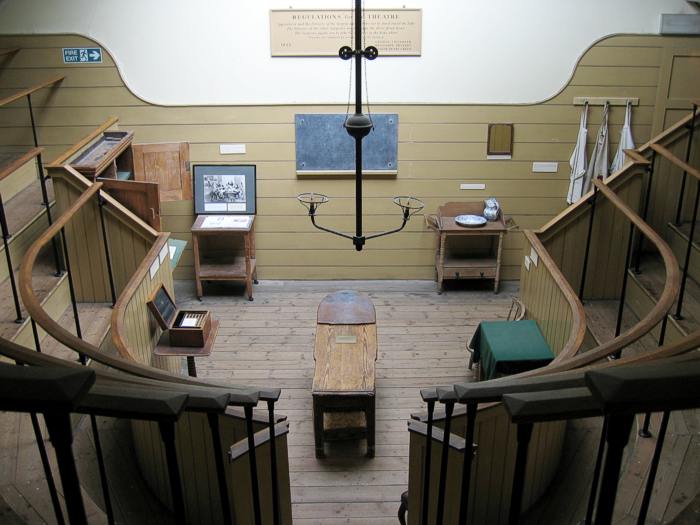
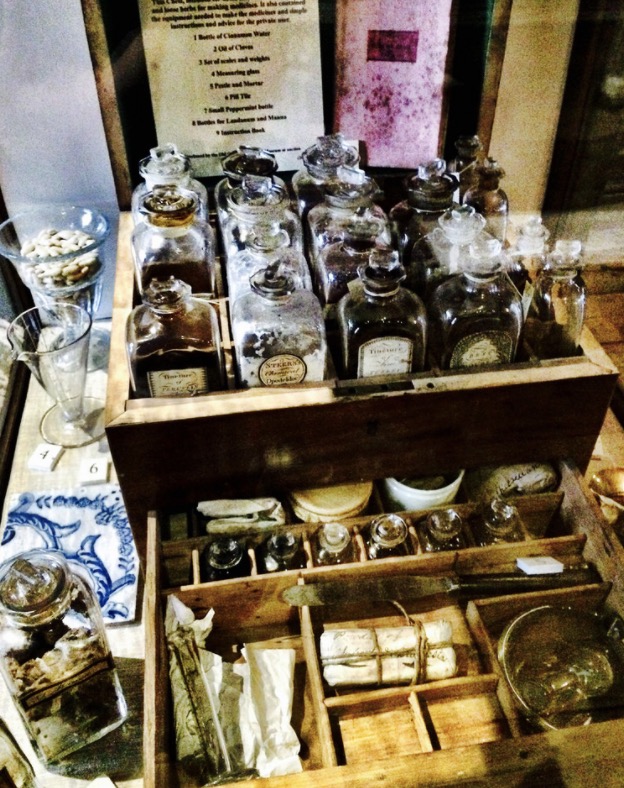

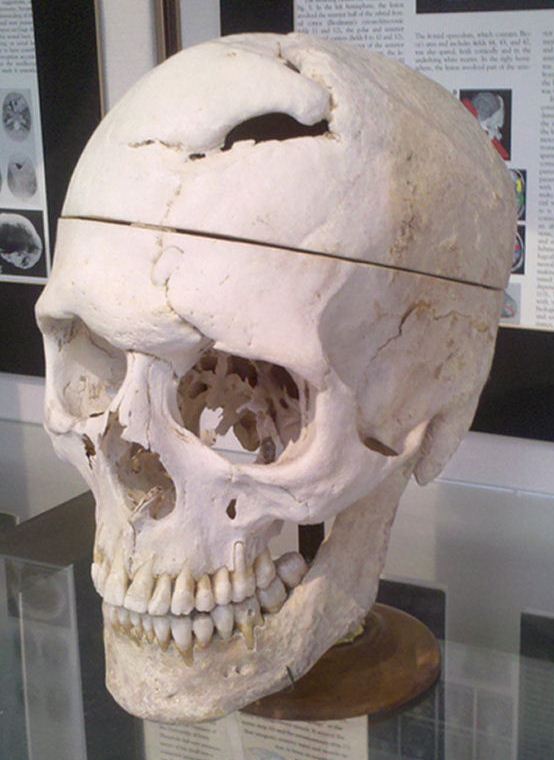


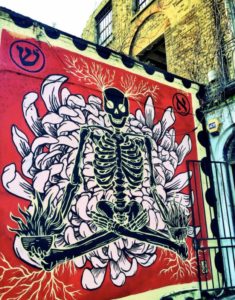
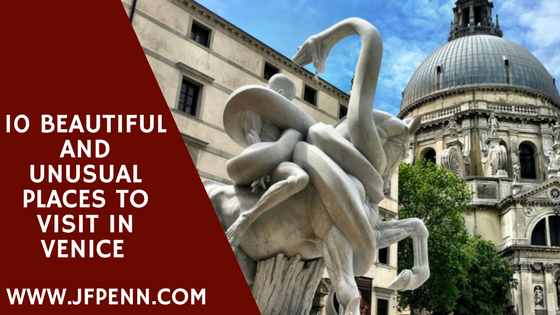 The Doge's Palace and St Mark's Campanile are obvious tourist attractions, along with the famous Rialto Bridge, spanning the Grand Canal with its souvenir shops, stalls, and selfie seekers.
The Doge's Palace and St Mark's Campanile are obvious tourist attractions, along with the famous Rialto Bridge, spanning the Grand Canal with its souvenir shops, stalls, and selfie seekers.